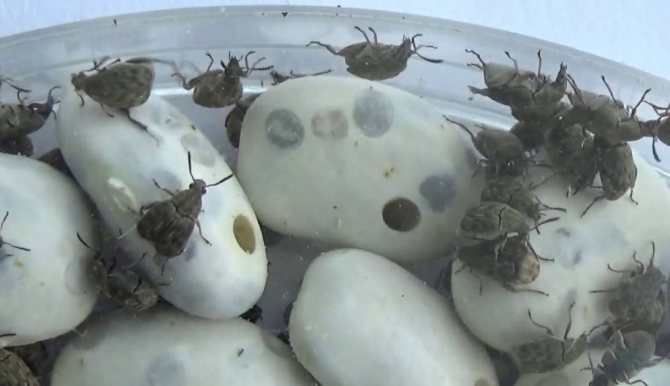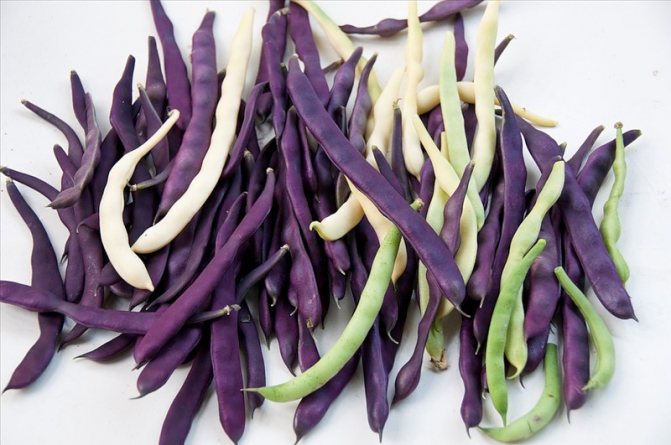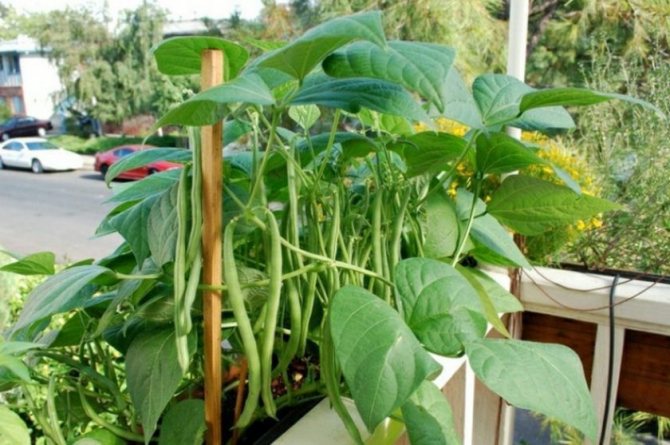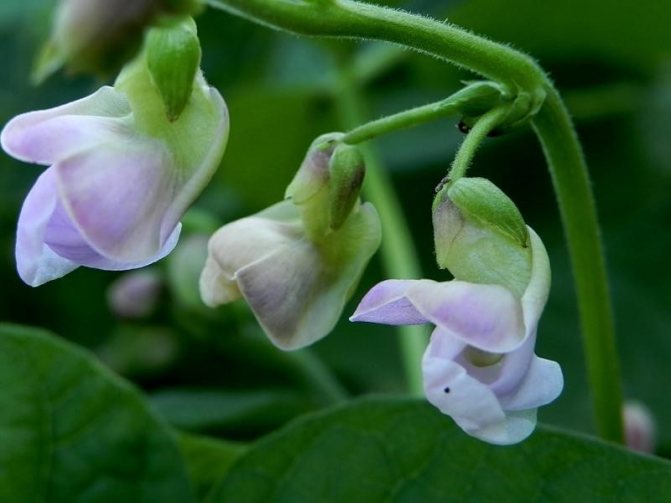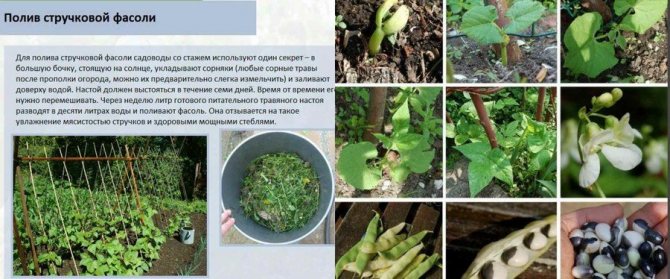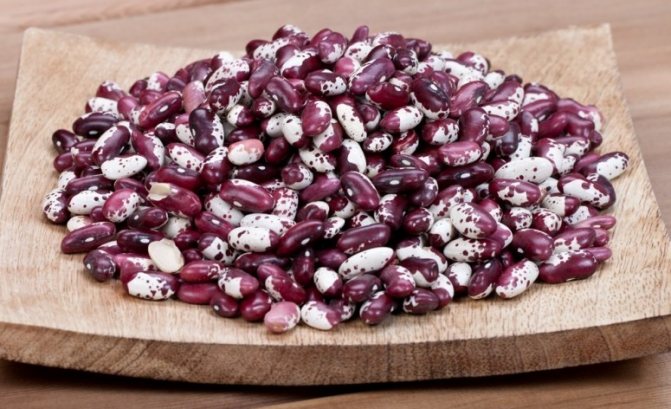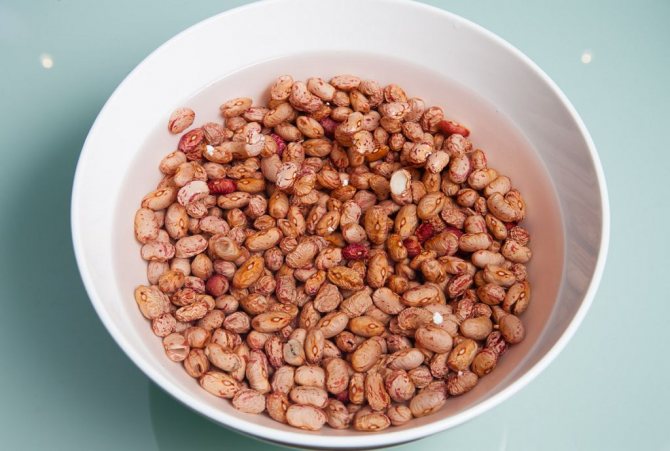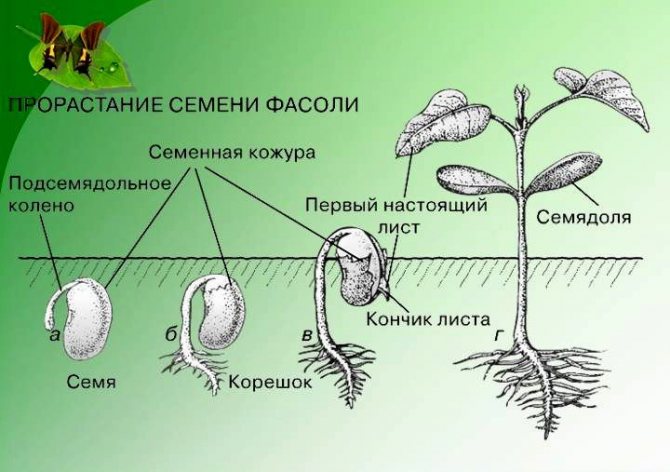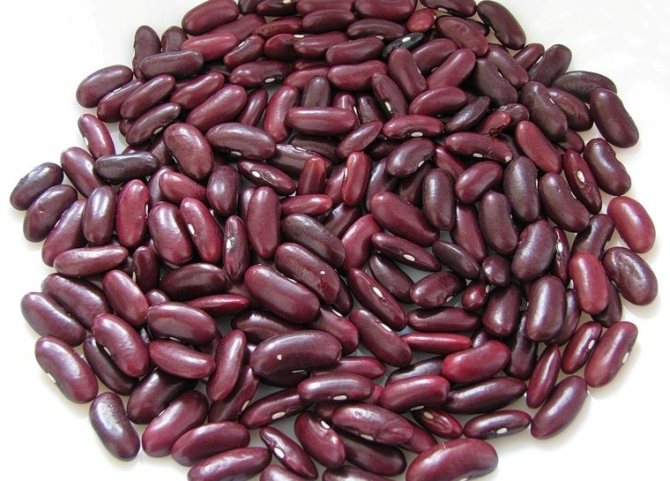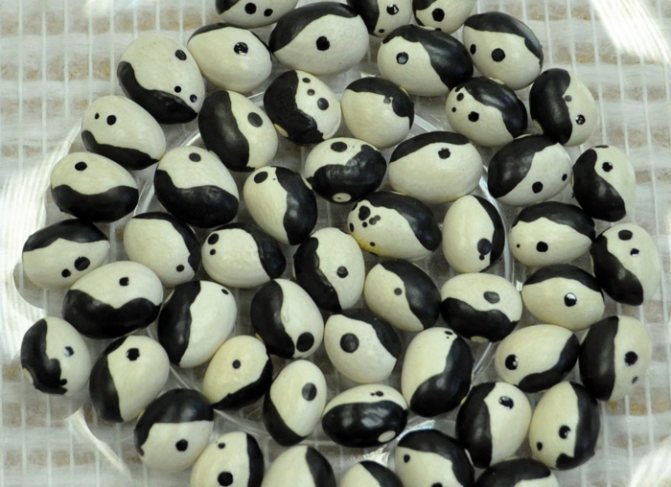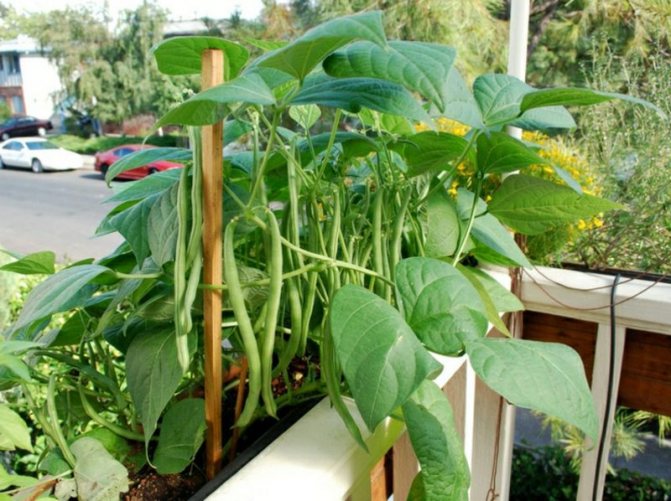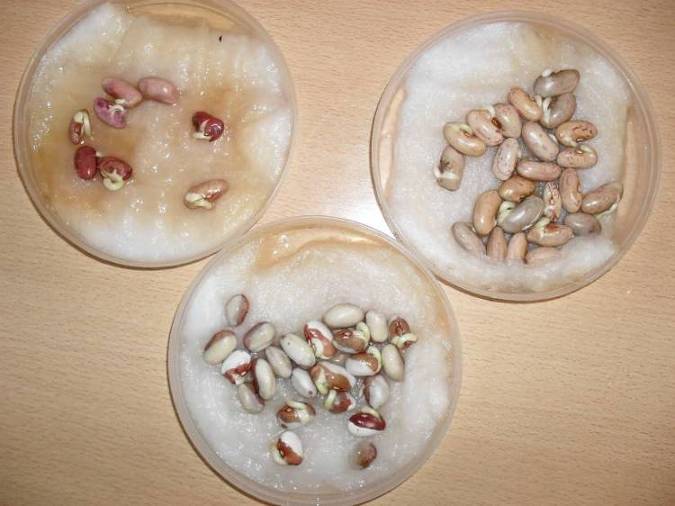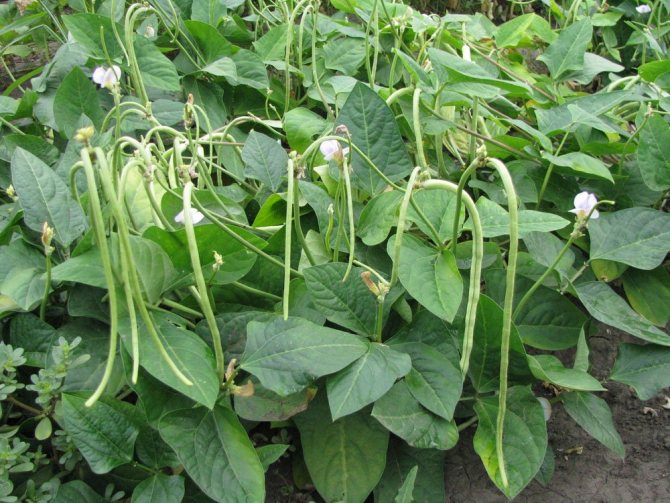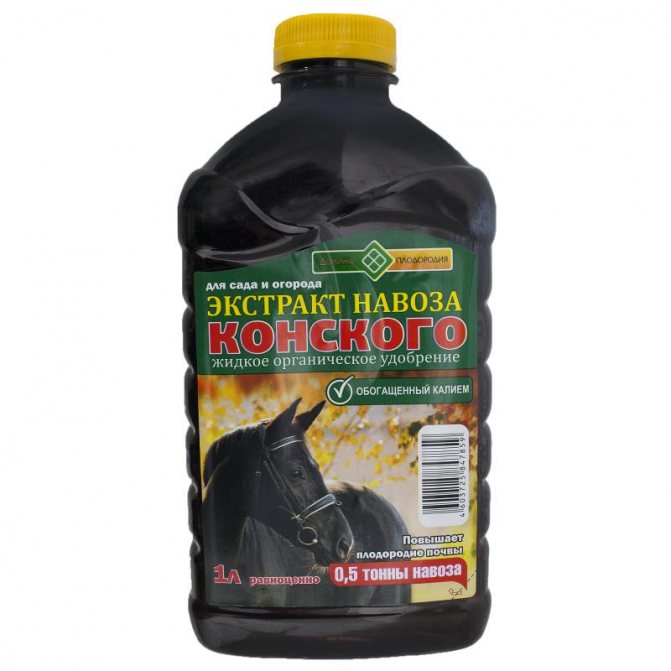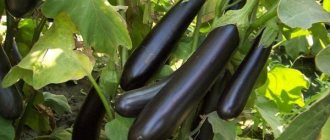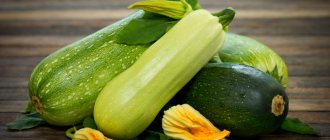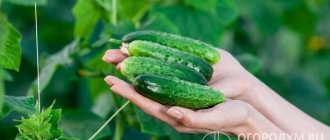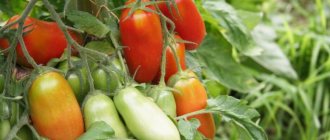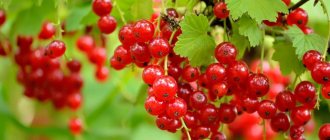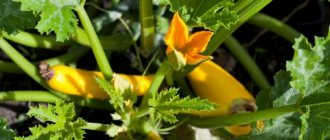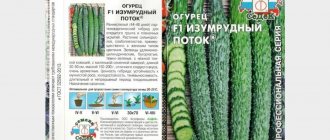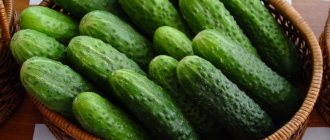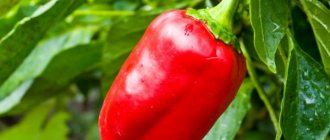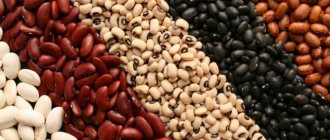General description and characteristics
Beans are an annual plant. It reaches a height of up to 3 m. There are both dwarf varieties and real giants. Depending on the type of beans, the stem is straight and curly.
The shape of the leaves is ternary, the plates are located on long petioles. The holly beans are covered with flowers of all kinds of tones and shades. The flowers are moth-like and are collected in axillary racemes.
The fruit of the bean is the beans. Ripen in pods, which are formed from flowers. The fruits are both small and very large. There are straight and curved beans, rounded and oblong, cylindrical.
The color of the beans is amazing in variety. They are white, yellow, red, purple, black. Some have spots on their skin, while others have streaks.
Inside the beans there are seeds that are shaped like an ellipse. Each bean can contain 1 to 3 seeds. Just like beans, they are painted in a variety of colors.
The ripeness of the fruit is determined by the appearance of the pods. They look dry and crack when pressed lightly. Also change color, turning brown.
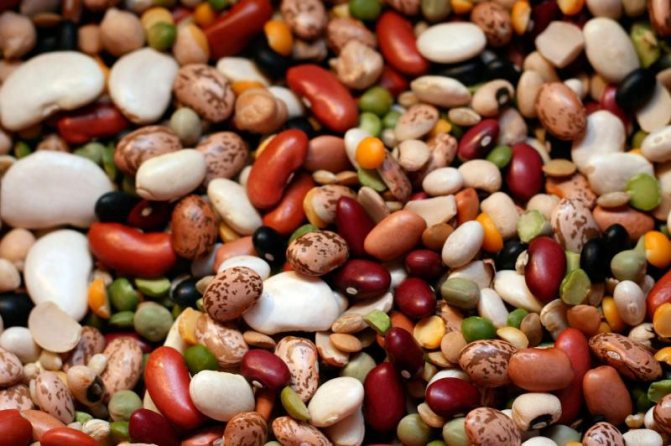
Black Eyed Peas
The variety was recently bred and is intended to be consumed with pods, as the name suggests. They are eaten unripe. Depending on the variety, the pods are colored yellow, white, green or purple.
They are thin, reaching 10-15 cm in length. The pulp is tasty and soft, juicy is felt. Bushes on the site grow compactly, not taking up much space. Asparagus beans are considered to be a high-yielding crop.
Royal purple pod
15 cm purple pods are for canning. The variety is undemanding, therefore it is grown without problems.
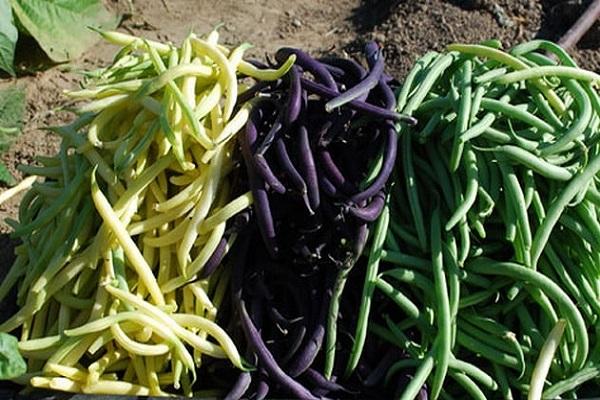

Deer king
There are white grains inside the pods. It is appreciated for its unusual taste. It gives 2 crops per season.
Gina asparagus
Beans with an early ripening period. The bushes reach a height of 0.4-0.5 m. The beans are colored in a delicate green. The variety yields consistently and is rarely affected by pests.
Fana
The undersized plant bears fruit well. Does not require special care from the gardener. Used for winter harvesting.
Panther
The pods of the variety have a rich yellow color. Ripening period is average. Suitable for cooking hot meals and canned for the winter.
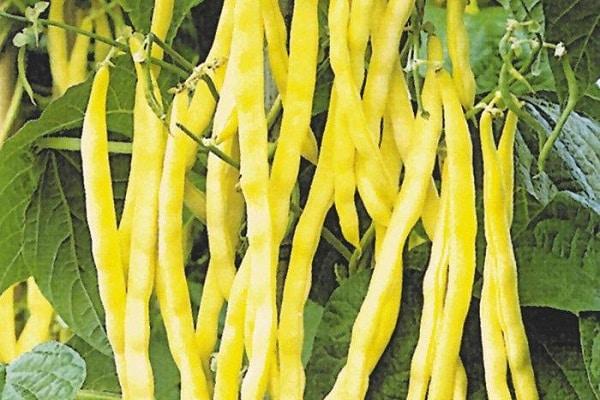

Indiana
The seeds of the bush variety have a dazzling white color. The rind is covered with a red pattern. It is considered an early maturing variety.
Pensil Under
One of the few types of asparagus beans that is eaten fresh. The pods are long and thin, and contain black grains inside. It tolerates any weather changes.
Purple Queen
Long pods grow on bushes of a medium early bean variety. They have a rich purple color. Perfectly smooth with a slight twist.
Olga
Another compact shrub that produces delicious pods. Contains a maximum of useful elements for the human body. Thanks to a strong immune system, it easily tolerates various diseases.
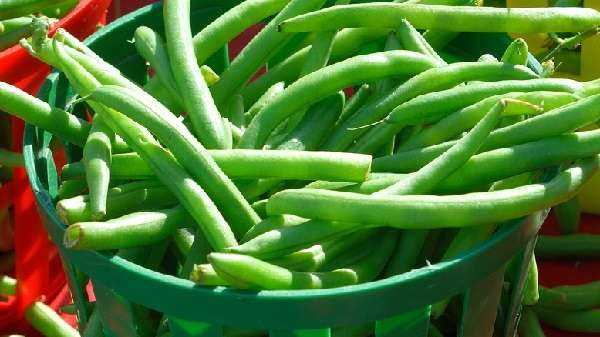

Paloma scuba
The growing season lasts from 75 to 80 days.The highest branches reach 0.5 m and do not need to be supported. A pod 16 cm long contains up to 12 beans. The paddles are used for cooking, and when dry, only the seeds.
Bergold
Delicious asparagus beans, the long pods of which are eaten. For convenience, they are cut into small pieces and frozen in this state. Boil in boiling water before use.
Bean Bushes Care
Ornamental beans
When the beans have already sprouted, the bushes should be sprinkled. For a curly look, you need to build a trellis or cords going from top to bottom.
Important! Do not take slippery materials to support the stems: plastic, metal, otherwise the wattle will slide off. Tall plants are suitable for these purposes: corn, sunflower.
For irrigation, take rainwater or settled. Moreover, its temperature should not differ from the ambient air. Water from a well cannot be watered immediately, it is necessary for the water to warm up.
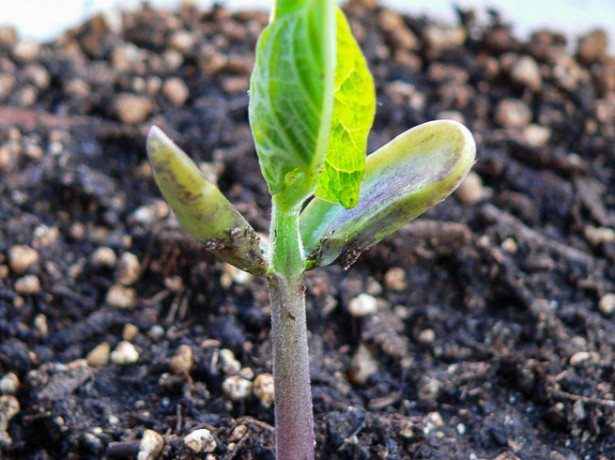

Bean sprout
Proper watering will help to get a rich harvest:
- After planting the seeds, water once a week. The land itself will tell you when she got drunk.
- When the 5th leaf looks out, watering can be stopped.
- After the flower appears, watering is resumed again.
- Over time, you need to increase the amount of liquid and reduce the intervals between waterings.
Also, do not forget about regular feeding of the bushes. After the leaf appears, fertilization procedures begin. It is desirable if phosphorus predominates in them. During the appearance of buds, you need to water the garden with a solution of potassium salt, and when the beans are formed, sprinkle each bush with ash.
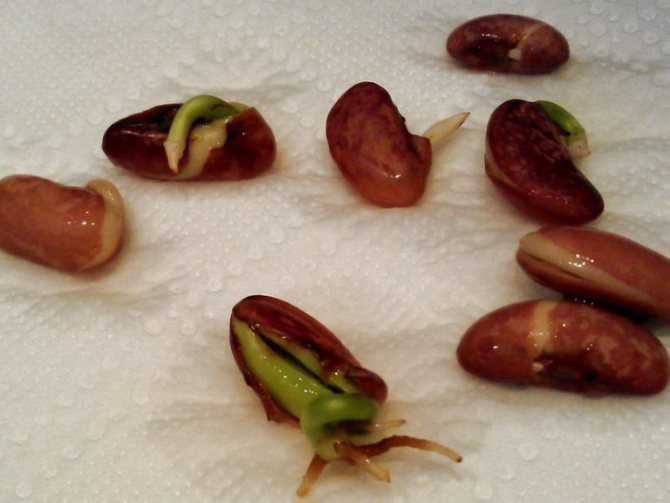

Sprouted beans
Green beans
It is also called a shelling machine. The pods of each variety have the same color. On some, a colored but pale pattern is possible.
Inside the shoulder blades are yellow, green, purple, and other colored beans. There are seeds in the fruits. Green beans or shell beans are available in various varieties.
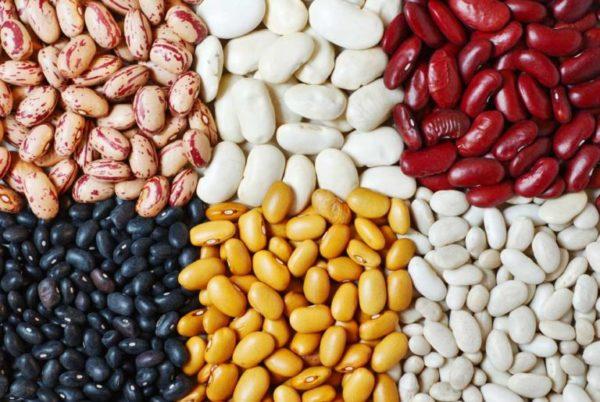

Kenyan
It is considered the most expensive as it is grown in Africa. The thickness of the pods does not exceed 0.5 cm. They are green in color.
When consumed, nutty notes are felt, as well as a slight sweetness. It cooks quickly due to its soft structure and lack of coarse fibers. After a few minutes of boiling, it is added to various dishes.
Variegated pinto
The beans are colored white. The surface of the beans is covered with red spots, which makes them attractive in appearance. It is characterized by a high iron content.
Fava
The pods contain dark brown beans. During the ripening period, they are eaten together with the shoulder blades. At full maturity, only the beans are used.
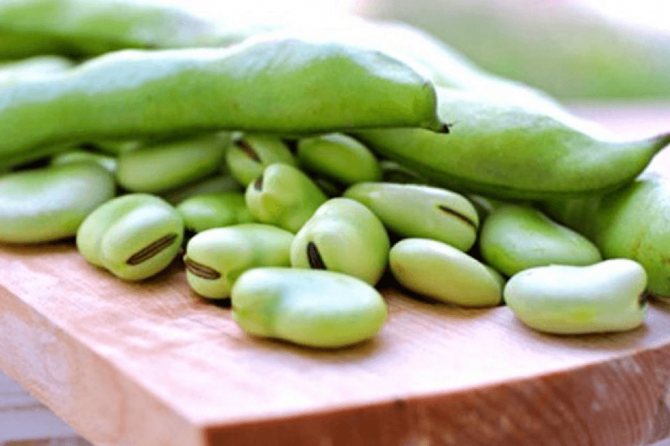

How to germinate seeds
Many gardeners advise germinating planting material before planting beans in a pot. Such pre-sowing treatment improves germination, reduces the likelihood of disease and damage by insect pests.
For planting, whole and smooth seeds are chosen without signs of damage and rot. They are dipped in a cloth bag, tied and immersed in lukewarm water for 5 hours. You can add a couple of potassium permanganate crystals to the water for disinfection to make a pinkish solution. For the prevention of diseases, seeds are soaked in a solution of any fungicidal preparation.
To increase germination, seeds are germinated. To do this, put moistened gauze folded in several layers in a shallow plate. The beans selected for planting are wrapped in it. As the fabric dries, it is moistened again through the spray bottle. The sprouts will hatch on the second day. When the length of the shoots reaches 2 cm, the planting material is planted in pots.
On a note!
This germination technology is often used for school experiments.It is interesting for children to observe the development of a plant, along the way taking photos or filming the growth process on video.
It may be interesting An unusual way of planting carrots How to properly care for cucumbers outdoors to have a good harvest How to prepare potatoes for spring planting
You can germinate seeds before planting in toilet paper. To do this, cut a tape equal to the width of the roll from a garbage bag or dense polyethylene. It is laid out on a flat surface. Toilet paper is placed on top and sprayed with water from a spray bottle. At the upper edge, slightly stepping back, lay out the beans selected for planting. Cover with a second layer of toilet paper and moisten again. The structure is rolled up and secured with an elastic band.
Now the roll is placed vertically in a small container, at the bottom of which water is poured. In a few days, sprouts will appear. All this time, they monitor the amount of water, adding a new portion as it evaporates. After a week, the seedlings will develop well and are transplanted into the soil.
Curly varieties
Beans deserve special attention. The branches reach a length of 5 m, which has an advantage in this matter over other types of beans. Thanks to the landing near the support, the branches twist, thereby not taking up space on the site.
It is planted only in regions with a warm climate. It has a long growing season, so it may not have time to ripen before the onset of cold weather.
Violet
The bean variety is appreciated by gardeners. Liana reaches only 2.5 m in length. During flowering, among the dark green leaves, flowers of a rich purple color are visible. The crop is harvested 6 weeks after germination.
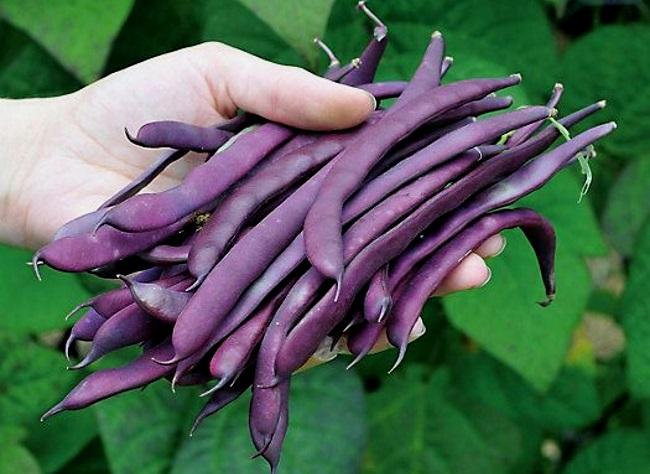

Purple queen
Delicacy variety with incredible taste characteristics. The valves are fleshy, purple and edible. Asparagus beans are small, creamy and dark yellow beans.
See also
Do bean leaflets help with type 1 and 2 diabetes mellitus, how to brew and treatment methods
To read
Gerda
Due to the absence of a parchment layer and hard fibers, the pods are completely used for food. The first fruits appear early. The maximum length of the pods is 30 cm.The diameter is 2.5 cm.
Lambada
Xiphoid pods of marbled pink color. They have a delicate taste and are very juicy. The seeds, like the pods, have an interesting color. The peel is covered with streaks and streaks.
Golden nectarine
You can find out the color of beans by name. The pods are yellow. From the moment of germination to full maturation, 2 months pass.
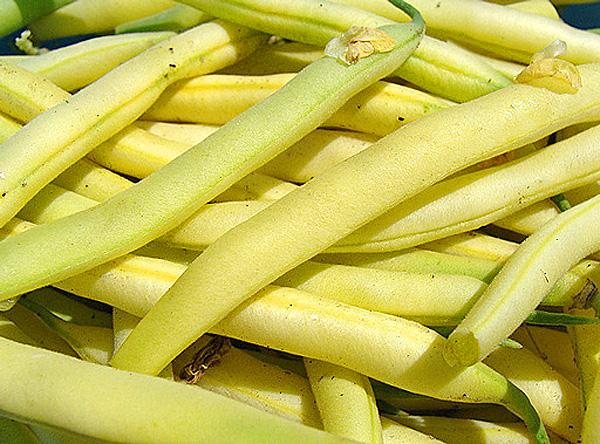

Mauritanian
Curly asparagus beans with an early ripening period. The foliage is medium, the shoots reach 3 m in length. The beans have no fibers in the structure. Has a high level of productivity.
Fatima
If the beans become edible, they turn light green. The width of the pods is 3 cm, the length is 20 cm. The pulp of the pods does not have a parchment layer.
Winner
The bean variety is used for cooking and plays a decorative role on the site. The beans ripen within 3 months. On the stems there are flowers of a red hue.
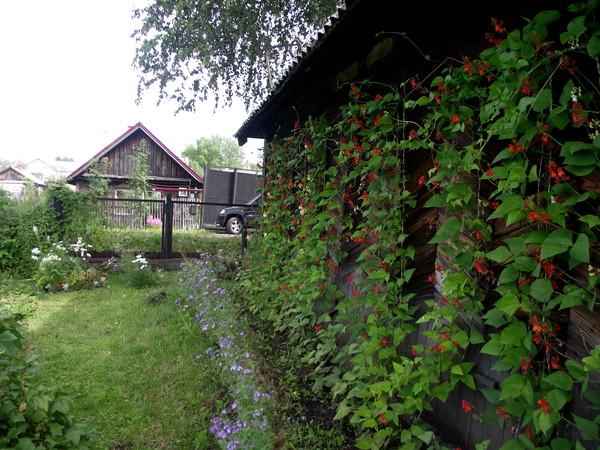

Golden neck
The variety bears fruit with black and white beans. The plant prefers sunny areas with light soil. Adapts to unfavorable climatic conditions.
Turk
Often planted for decorative purposes, but not for pods. The main attraction is the leaves. Cover the stems abundantly.
Planting stages


Bean seeds are large, germinate quickly. Therefore, when growing beans on a windowsill or on a balcony, they are sown immediately into permanent containers. To do this, use individual flower pots or seedling boxes for a common planting of several plants. Containers are selected with a depth of at least 20 cm.If it is too tight, the plants will grow weak, with few fruits. At the bottom of the container, holes are made for drainage. Additionally, expanded clay is laid with a layer of 2 cm. For active growth and good development, from 3 to 5 liters of soil are allocated per plant.
Step by step, the planting process for novice gardeners looks like this:
- To grow beans at home, the selected containers are filled with soil, not reaching the top edge of 5 cm.
- The soil is well watered with warm water. When the earth subsides, a new portion is added to the desired level.
- Sprouted seeds are placed in pots one at a time. If a common container is used, leave from 15 to 20 cm between the seedlings. The beans are laid so that the root is directed downward.
- The earth is poured on top with a layer of 3 cm and it is compacted. Do not water again.
- The box is covered with glass or foil.
- They are placed in a warm place.
- After the emergence of sprouts, the shelter is removed.
Bush varieties
Usually these are low-growing varieties of beans, having a height of 25-60 cm. Selected for large-scale cultivation. The bushes together give off the harvest, which ripens quickly. Easily tolerates the coldest days and nights at the time of growth.
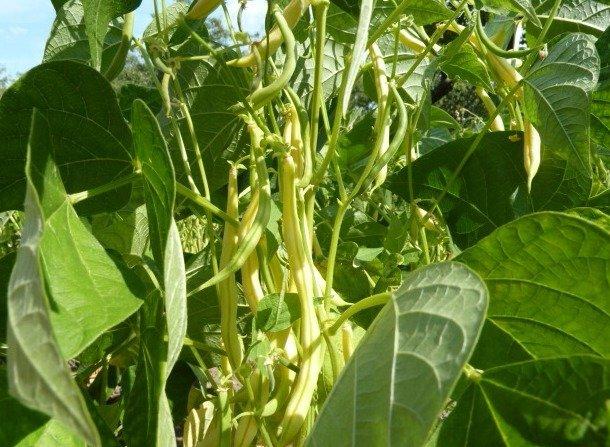

Popular varieties are:
- Fana;
- Royal purple pod;
- Deer king.
Caramel
Growth time is from May to June. Beans give off the harvest gradually, so the pods are harvested within 2-3 months. It is eaten together with the pods.
Little Red Riding Hood
The vegetable has an unusual color. There is a huge red spot near the eye, while all the beans are white. During growth, forms a spreading bush.


Yin Yang
It is unique due to the pattern, which can no longer be found in any other variety. Really has symbols of female and male energy.
Oil king
Ripening of the variety occurs early - 1.5 months after planting the seed in the soil. The yellow pods are 25 cm long.
Diseases and pests
Green beans
Beans and all legumes rarely get sick. Usually, if the plant is affected by something, then it has not received enough care. Soaking the planting material in boric acid helps the development of immunity well. After harvesting and removing the bushes from the beds, the land is treated with Fitosporin. If lesions appear on some plant, then these shoots should be dug up and burned, and the soil under them should be treated with Bordeaux liquid.
Most often, beans are exposed to:
- viral mosaic (dead areas appear on the leaves);
- bacteriosis (all plants die, and the disease remains in the ground for a long time);
- anthracnose (brown spots form on the leaves).
Beans attract a large number of pests. Larvae can be exterminated with insecticides. Before planting, it is necessary to carefully sort out the crops so as not to provoke the appearance of weevils. Only undamaged seeds should be planted in the soil. It is advisable to pre-treat them with boric acid.
Red beans
Grains of a rich reddish hue are rich in vitamins and other useful substances. The chemical composition of beans has a beneficial effect on the body. When boiled, the beans slightly change color, which becomes a few tones lighter.
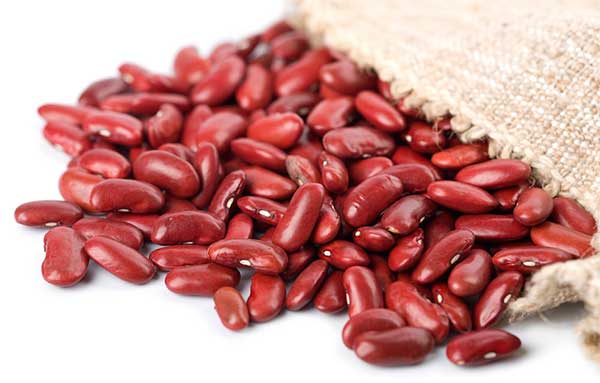

Skorospelka
The name of the bean variety confirms the ripening rate of the beans. Fruits are oblong from 1 to 2 cm. Most of the skin is pinkish-red. Occasionally, beige specks are visible.
Tashkent
The culture loves warmth, therefore it is planted in the southern regions. In temperate climates, a good harvest is obtained with the seedling growing method. The variety is characterized by large-fruited.
Medium red
Reddish beans lose some color intensity after boiling. Delicious and healthy.
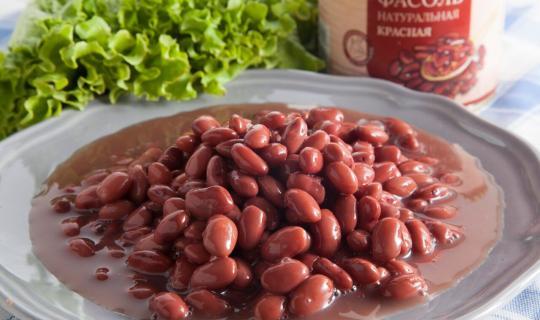

Tomato
The variety is successfully used for conservation. Suitable for cooking Georgian cuisine.Seeds are flattened, oblong in shape.
Azuki
The Himalayas are considered the homeland of beans. It is successfully cultivated in the south of Asia and in Japan. Seeds of deep red color.
Ethiopian
Another variety of red beans. Used to prepare fresh meals.
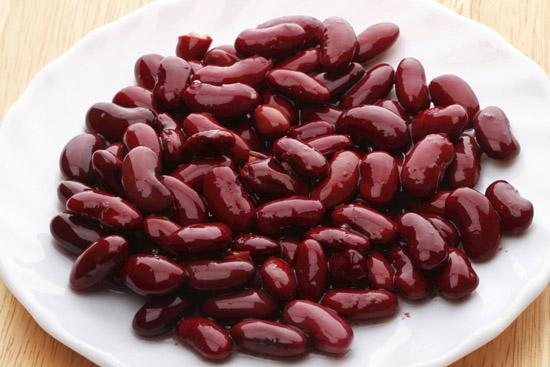

White varieties
The grains are colored white, which sometimes reaches a light milky hue. As a rule, they have a solid structure. It has a high protein content, therefore it is mandatory for use.
Chali
The variety is characterized by large, completely white beans.
Black eye
Thin pods with original grain appearance. There is a black speck near the eye. The seeds boil quickly, as they have a soft structure.
Navy
They resemble beads in shape, as they are small in size. Rich in vitamins.
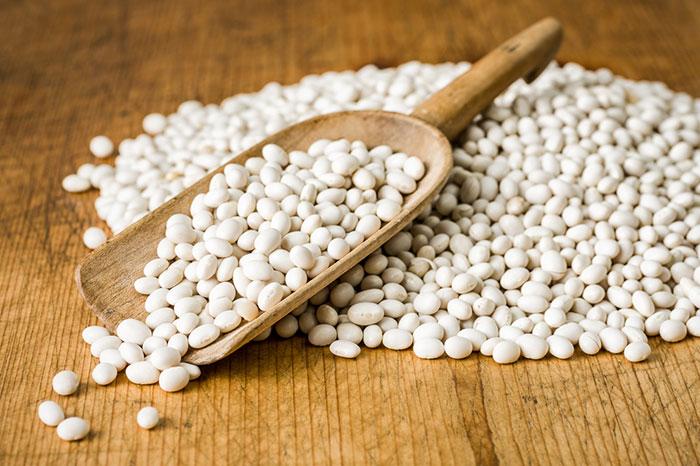

White flat
An early ripe bean variety with curly stems. Gives a high yield at the time of ripening.
Lotus
The undersized bush is decorated with straight light yellow pods. Devoid of fibers, therefore soft and delicate.
White mares
Often found in the garden, but not as popular as other varieties.
Belozerka
Another variety that vegetable growers do not often remember.


Harvesting
Harvesting of beans of vegetable varieties is carried out during daily inspection of plants (Figure 10). Their fruits are used whole - both pods and seeds. If it is overripe, it is only good for seed.


Figure 10. Harvesting and storage of crops
For conservation and freezing, beans are harvested earlier, without waiting for the moment when the pods turn yellow. Then the fruits are slightly green, but already ripe, there are no fibers along the edges of the pods.
Beans for storage are husked and dried. Store in a cool place in containers with tight lids. The author of the video gives practical advice on the preparation and further storage of beans.
Black varieties
They are rich in vitamins. It is popular among chefs in the preparation of Latin American dishes. Sweet and smoky notes are felt in the taste.
An interesting fact, the darker the color of the beans, the more nutrients it contains. The rich chemical composition confirms this.
Kidney
The shape of the beans resembles a kidney. Purple and red beans are harvested from one bush.
Preto
The creamy pulp of the beans is covered with black skin. When boiling the beans, the aroma of the berries is felt.
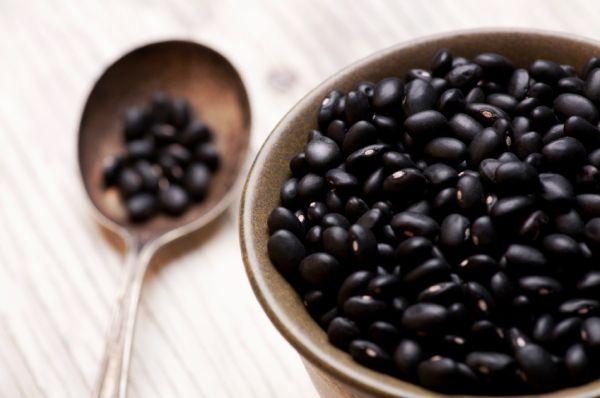

Grain beans
It is obtained by growing peeling varieties. It is not only nutritious, but also very useful. Suitable for long-term storage without pretreatment. To speed up the cooking time, it is soaked in water for 3-5 hours before cooking. The pods are not used for food.
Chocolate girl
The plant loves sunny areas and pleases with a large number of pods. In turn, those contain beans with a rich brown color.
Ballad
The bushy plant is covered with pink flowers and diamond-shaped leaves. Seeds are beige in color with purple streaks.
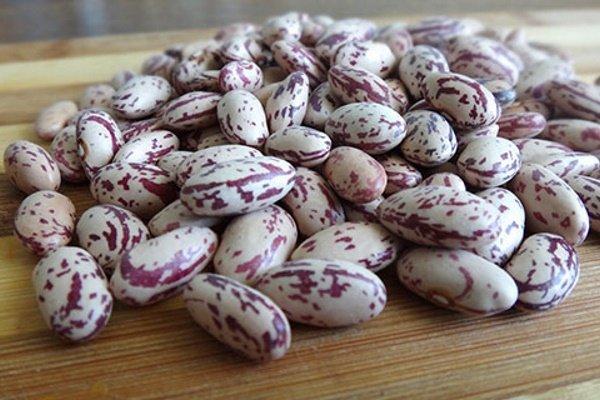

The mistress's dream
The compact plant is decorated with flat green beans without fibers and parchment layer. At the moment of technical maturity, the seeds are white.
Ruby
Seeds are dark cherry hue. The fruit is so beautiful that it seems not meant for cooking.
Certain varieties of beans are actually used as decorative items.
Golden
The color of the seeds is completely opposite and does not correspond to the name. It is used as a base for the preparation of main courses and desserts.
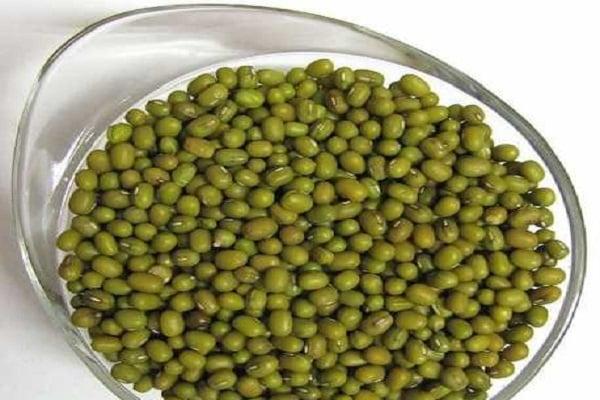

Gribovskaya-92
The beans are colored white. The peel of an even tone is devoid of specks and inclusions.
Beauty
A plant of compact size forms a mass of pods with grains of an interesting color.
Preparation of soil and planting material
At home, to plant beans, it is better not to use dry seeds.Their hard shell prevents rapid germination. But right before sowing, the planting material is not soaked so that it does not rot in the cold soil.
One way to solve the problem involves soaking the beans in a heated weak solution of potassium permanganate for 3 minutes. Then the seeds are sown immediately, and the soil is watered with the rest of the solution.
In another case, a warm solution of potassium permanganate is used to irrigate the soil prepared for planting beans. After that, the planting material is immediately planted.
Important!
The right time to plant beans at home on a glassed-in balcony is late spring. You can grow beans in an apartment, on a windowsill. Then the seeds are sown in the last days of March.
Beans prefer to grow on loose, fertile soil with a high content of useful elements. This culture does not tolerate acidic soil. Therefore, before planting seeds, it is alkalized by adding a little crushed chalk, wood ash or dolomite.
For planting beans, a versatile vegetable growing soil is suitable. You can prepare the soil mixture yourself by mixing the following in equal amounts of sod land and humus. An additional 1 glass of wood ash is added to a bucket of such soil.
Large varieties
The seeds extracted from the beans are enormous. When boiled, they double. Hearty and tasty.
Baby lima
Thanks to the outer shell, the shape of the bean is perfectly preserved during heat treatment.
Anniversary
It is famous for its beautiful raspberry beans covered with white dots.
See also
How to treat beans from aphids, pests of legumes and how to deal with them
To read
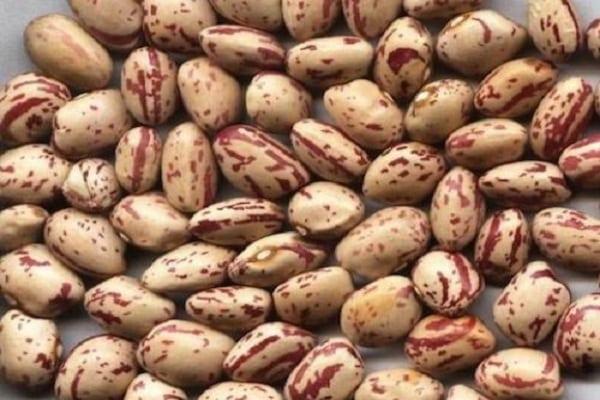

Moscow white
The bushes give off the harvest in unison, have a universal purpose.
Gardener
Chestnut grains with reddish specks. The yield is stable, and the care is unpretentious.
polar Star
Unlike other varieties of beans, it has the shortest growing season.
Pink
Beans of marbled pink color contain 6-10 grains.
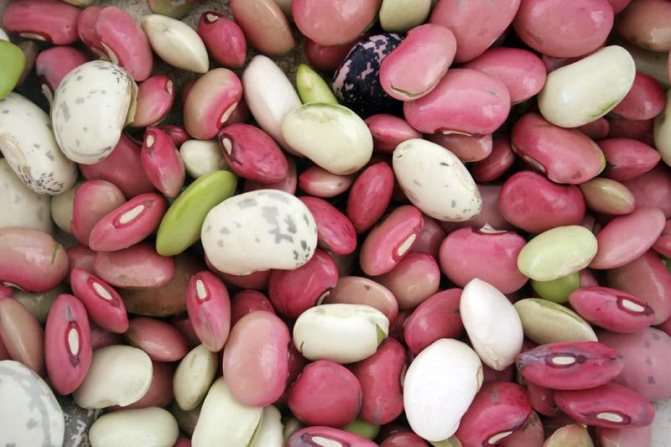

Ripening varieties
Like other vegetable crops, they have an early, medium and late ripening period.
Early and mid-early
When harvesting this type of beans, it is important not to miss the right moment. The soft and green pods coarse quickly and change the taste. Harvesting regularly encourages the formation of new beans.
Flat long
Dark green beans growing on curly stems.
Belozernaya 361
Despite the early ripening period, it is used for various purposes.
Sachs 615
The beans taste sweet and tender. Fruiting is extended.
Backyard
Ultra-early maturing asparagus beans.
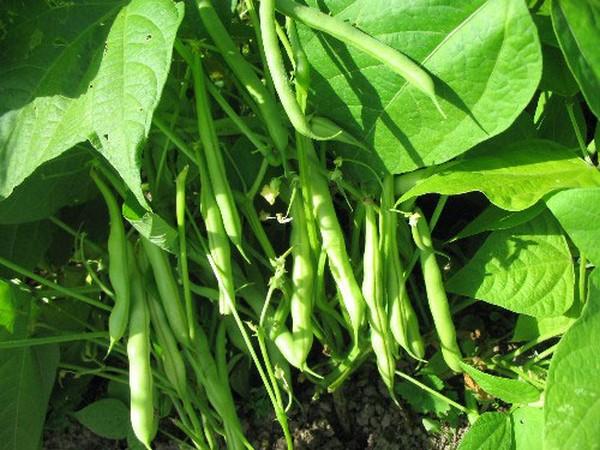

Shahinya
Light green beans in dyno reach 10-12 cm.
Golden Nectar and Caramel are early ripening varieties.
Average in terms of ripening
Some varieties of beans will always be on the table in the first half of summer. Begin to bear fruit after the early ones.
Bush without fiber B-85
The sugar variety is suitable for canning.
Moscow white
Forms small compact bushes from which it is convenient to harvest.
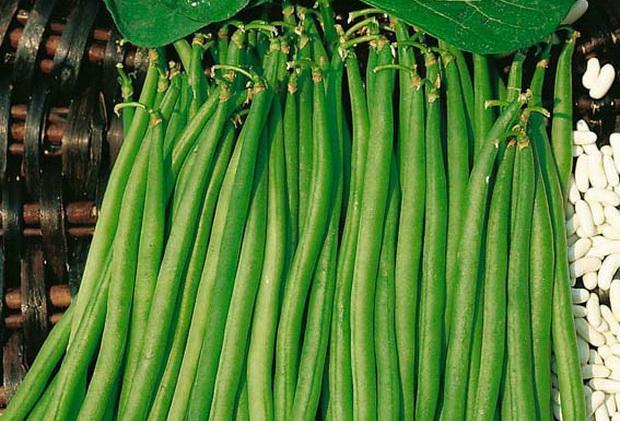

Green-handed B-556
White flowers turn into green pods, surrounded by yellow-green shiny foliage.
Golden Mountain B-632
Unripe pods are yellow. There are black seeds inside.
Wide-bladed 92
The pods are harvested as they ripen, as the flesh coarsens quickly. Beans are xiphoid.
Pation
The variety adapts to inappropriate climates and other stressful conditions.
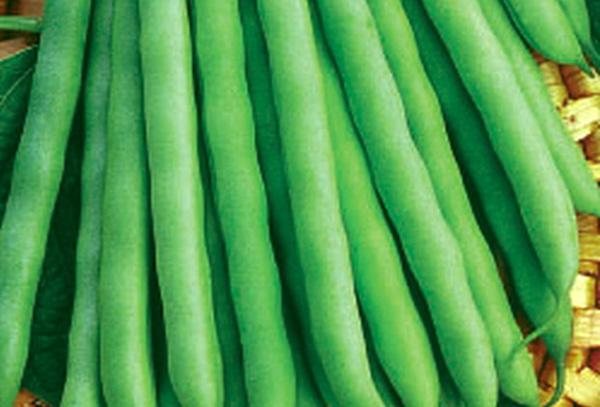

Motolskaya white
A variety of beans that came from Belarus. At the time of ripening, the pods do not crack and do not destroy the seeds.
Jubilee 287
The tip of the pod is curved to the side. The taste is rated at the highest level.
Fiery red
The vegetable variety is devoid of coarse fibers. The dark green beans are harvested 3 months after sowing the seeds.
Purple
Bean pods have an interesting feature. At the time of growth, the pods are colored green.If the length reaches 10 cm, the color changes to purple.
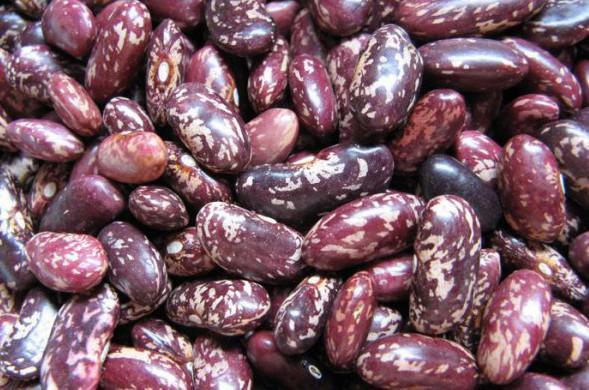

Medium ripening beans also include the Winner.
Late and late ripening
Different varieties are presented in this category. They were bred for areas with warm and long summers.
Handsome Yas
It is planted in order to collect dry grain. During growth, it does without support. Loves warmth and forms large seeds.
Blue Hilda
One bush forms up to 12 pods per season. The collection begins 2 weeks after the formation of the ovary.
Queen Neckar
A plant with a height of 3 m forms white flowers.
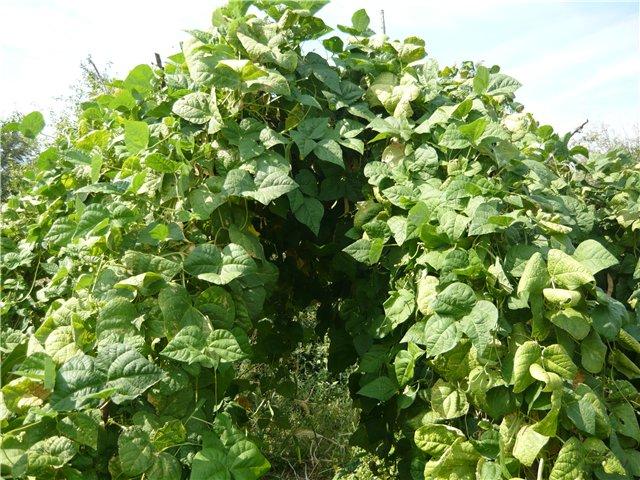

Is it possible at home to create conditions suitable for beans
All my childhood I lived in the Krasnoyarsk Territory (Eastern Siberia), in an apartment on the 5th floor. The most favorite plant for decorating the balcony was the climbing bean, blooming with fiery red flowers. They sowed it in standard balcony boxes about 20 cm deep and wide and up to 50 cm long. 10 beans were placed in two such boxes. It happened back in Soviet times, so they did not know about any ready-made soil from the store. We collected land in the yard from a heap brought for flower beds. They did not change it in boxes for years, did not feed or fertilize with anything.
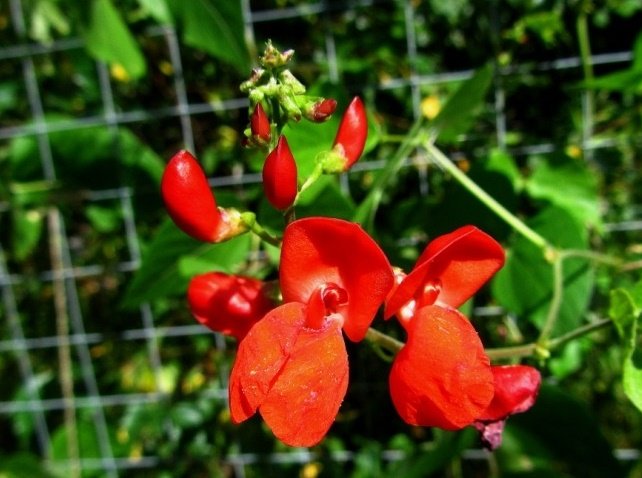

Red-flowering beans grow well on the balcony, they do not need a large amount of land and special care
The beans grew very actively every year, the whips climbed along tight ropes to the very peak of the balcony. All the stems were covered with flowers, and then with pods. It was normal for me then. But today I wonder how this thermophilic culture could grow in such Spartan conditions. Maybe it's true that all of its species are so unpretentious that they can grow not only in the garden, but also on the balcony, and even on the windowsill.
Video: the experience of growing beans on the balcony
Optimal conditions for the development of beans:
- The soil is sandy loamy or loamy, warmed up to + 12 ... +15 ⁰C.
- Air temperature: + 20… +25 ⁰C.
- The lighting is intense sunny.
- The length of the day before the beginning of fruiting is 10–12 hours.
The last point needs clarification, understanding and applying which you can get the maximum yields of beans anywhere. The culture refers to plants with short daylight hours. For the laying of generative organs, that is, flower buds, you need 10-12 hours of illumination. If you provide your plants with exactly this length of the day from the moment of germination to the beginning of flowering, you will get an earlier and more abundant fruiting. At a time when the beans are already making you happy with the harvest, this parameter does not really matter.
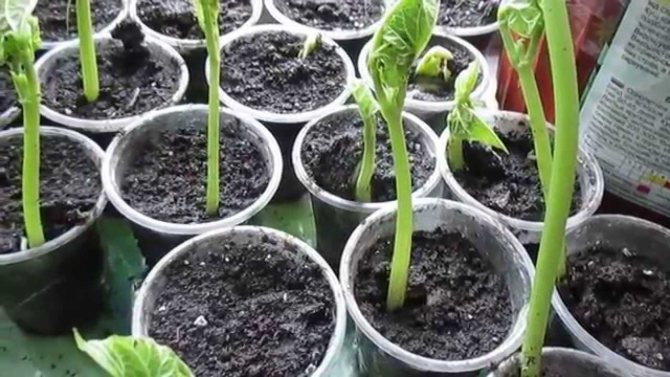

From germination to flowering, it is advisable to keep beans at 10-12 hours of daylight, the lighting should be intense
Recommendations for different regions
Breeders have bred many varieties for open ground. Due to the climatic features, there are varieties for growth in warm and cold.
For Siberia
Many people associate this region with the cold. Despite this fact, the summer is warm, but not long. Therefore, varieties with a short growing season are grown in the area.
Sugar variety Green-pod-517
Long pods with brown seeds are used for canning.
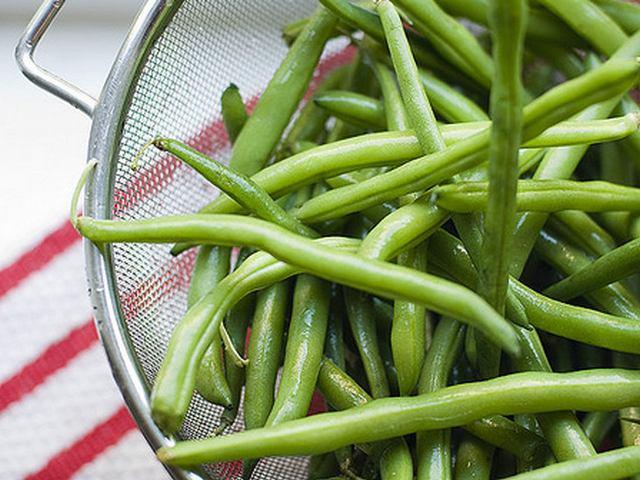

Semi-sugar grade Moscow white green-pod-556
It stands out among other varieties with two properties:
- resistance to various diseases;
- adaptation to temperature fluctuations.
The plant grows up to 40 cm, without interfering with neighboring vegetables in the garden.
Shrub shelling variety Skorospelaya
It is planted in order to collect elastic grains. The pods crack easily, allowing the beans to be removed from the seeds.
North Star 690
Due to the rapid coarsening of the shoulder blades, it is not suitable for canning.
Semi-sugar grade Gribovskaya-92
Despite the fact that the variety is a shelling variety, the pods are harvested for consumption at a young age.
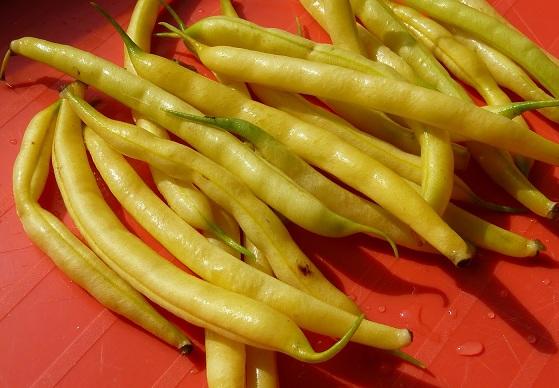

Sugar triumph 764
High-yield asparagus beans. Straight long beans are formed from pink flowers.It tastes like sugar, no coarse fibers.
Siberian size
The variety yields seeds of the usual black color. Temperature jumps and unfavorable climatic factors do not affect the appearance and taste of the fruit.
Yunnan
From the name you can guess that the homeland of beans is China. Often grown in vegetable gardens after being improved by Russian breeders.
Saxon without fiber-615
It is an analogue of Saksa, but has one main difference - the absence of coarse fibers, which is already clear from the name.
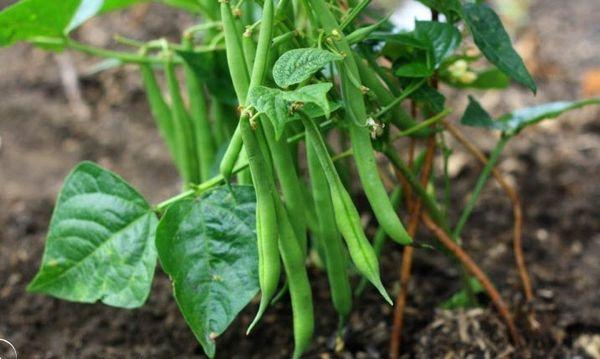

Generous
The harvested crop is used for fresh consumption and for the preparation of canned dishes. The beans are incredibly tasty and healthy.
For southern regions
The developed varieties tolerate drought, which does not affect the level of yield.
Rachelle
A versatile variety that tolerates drought and waterlogging of the soil. Withstands a short cold snap. Up to 30 beans are formed on one bush.
Creole
Suitable for growing on farms and home gardens.
Antoshka
High-yielding variety with semi-sugar tender and soft beans. The stems are curly.
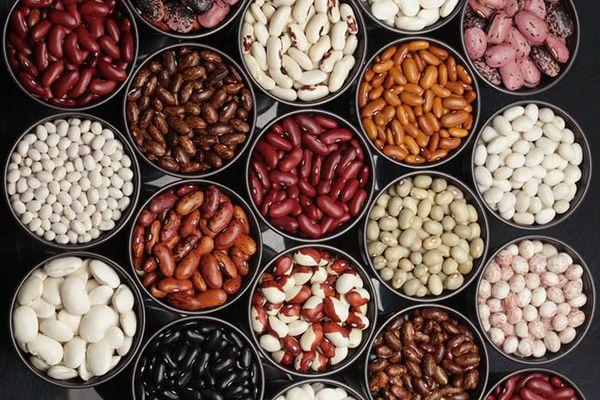

Glowworm
It is characterized by a bouquet arrangement of the shoulder blades. It is eaten in the form of grains, as well as with shoulder blades. Suitable for freezing.
Lika
A variety that is one of the best for winter harvesting. The fibers of the pods remain soft for a long time. It is a sugar-asparagus type.
Ol-tyn
The long beans are covered with purple streaks of a faint color. The grains are brown in color with more intense stripes.
In the list of varieties intended for cultivation in the southern regions, there is also a vegetable variety Yubileynaya 287.
For the middle lane
In this region, climatic conditions are very diverse. Despite the fact that the summer is longer, some varieties do not have time to fully ripen.
Fantasy
Receives high taste as a result of growing on soils with a high humus content. Brings a stable harvest. The purpose is universal.
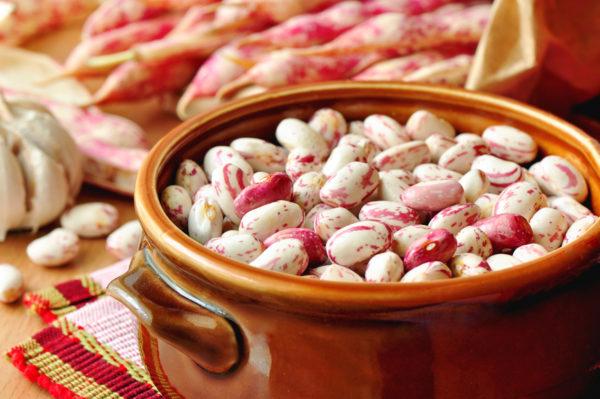

Sakfit
It gets incredible taste after cooking. Does not get sick with anthracnose, tolerates cold and humidity.
Welt
Semi-sugar bean pods are colored green. They are of medium size.
Swallow
The grains are white in color, diluted with purple spots. At the sight of the drawing, it seems that birds are drawn.
Contender
A variety of asparagus beans that forms long, fleshy and juicy beans. Delicious, soft, devoid of a parchment layer. Ripening occurs 2 weeks earlier than early potatoes.
How to grow beans outdoors?
The second stage is preparing the material for planting. How to grow beans from seeds:
- they are sorted out in advance, the spoiled ones are thrown away;
- it is advisable to soak the beans (put on cheesecloth for 2-3 days and moisten);
- it is advisable to place them in a diluted solution of boric acid for five minutes in order to protect the seedlings from pests;
- the bed is moistened, the beans are stuck in rows to a depth of 5 cm, the gap between the plants is 15 cm;
- if several strips are planned, the gap between them should be at least 40 cm;
- curly beans are sown in nests - 5-7 pieces side by side;
- the beds with seeds are watered;
- if there are no supports nearby, pegs are driven into the ground.
How to care for beans?
Having dealt with the planting, you should think about how to grow beans and provide them with competent care. Legumes do not impose complex requirements, but there are differences. Beans - Proper Growing and Care:
- Loosening the soil. The soil needs to be puffed up at the very beginning of germination of seedlings, especially after watering or rain. This procedure does not allow the soil to dry out and poorly allow moisture to pass through. This is done carefully so as not to harm the root system. Loosening can be combined with weeding.
- Pest control. Slugs often attack beans. To prevent adversity, you need to pull out weeds in a timely manner and monitor the moisture of the earth. If pests appear, remove them manually.Copper preparations are used against fungal infections.
- Topping. After the plants have reached a height of two meters, they must be shortened from above to stimulate the formation of the ovaries.
Bean feeding
Fertilization usually helps to grow beans to the size of a large fruit. For the first time, legumes are fed at the age of one month. For this, a mineral complex fertilizer is used (40 g per square meter). The procedure is carried out together with loosening, mixing the composition with the soil. To grow beans in the garden, you need to make up for the lack of nitrogen that occurs during dry weather. For this, the soil is filled with mixed bird droppings.
Fertilizers are applied for the second time after 20 days. At this time, they are required for the ovary of large fruits that need magnesium, phosphorus and potassium. This set of mineral elements is present in wood ash. It is added directly to the soil or an infusion is prepared. Two tablespoons of the mixture per liter of water is insisted for a couple of days, then the plant is watered
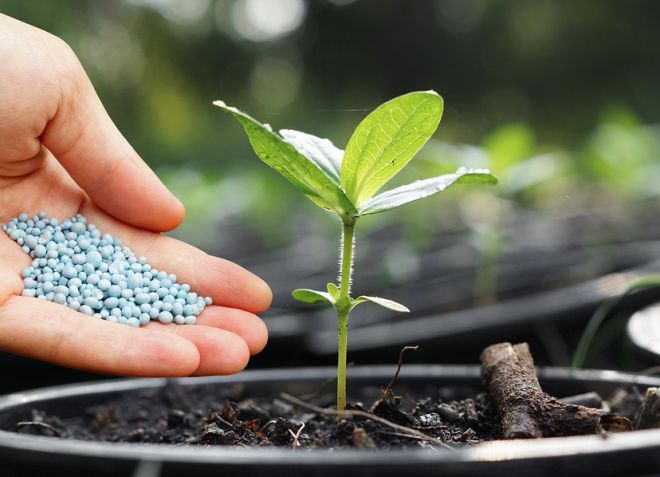

Watering the beans
Legumes are very fond of water, especially during the formation of foliage and pods. It is important to know how to properly grow beans and not overmoisten them. At first, the culture is watered once a week, using about 5-6 liters of water per square meter. After 4-5 leaves have appeared on the plant, moisture can be stopped - this is due to the fact that excess moisture contributes to the growth of the tops, and fruiting worsens.
Watering resumes after flowering begins and pods are formed. Its rate is increasing - 15-20 liters per square meter. It is best to use rainwater between rows. It is advisable to avoid getting drops on the foliage so as not to provoke fungal diseases. Watering is done in the morning so that the earth has time to dry out by night.

